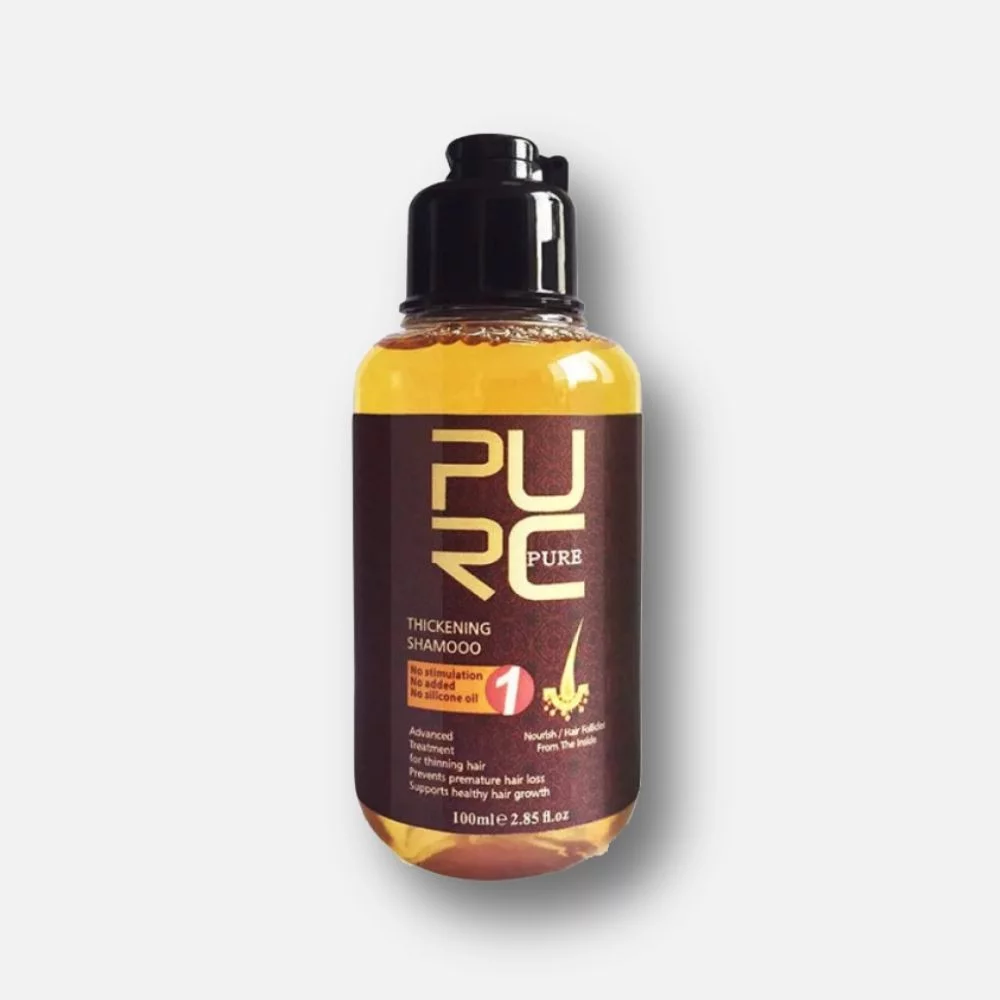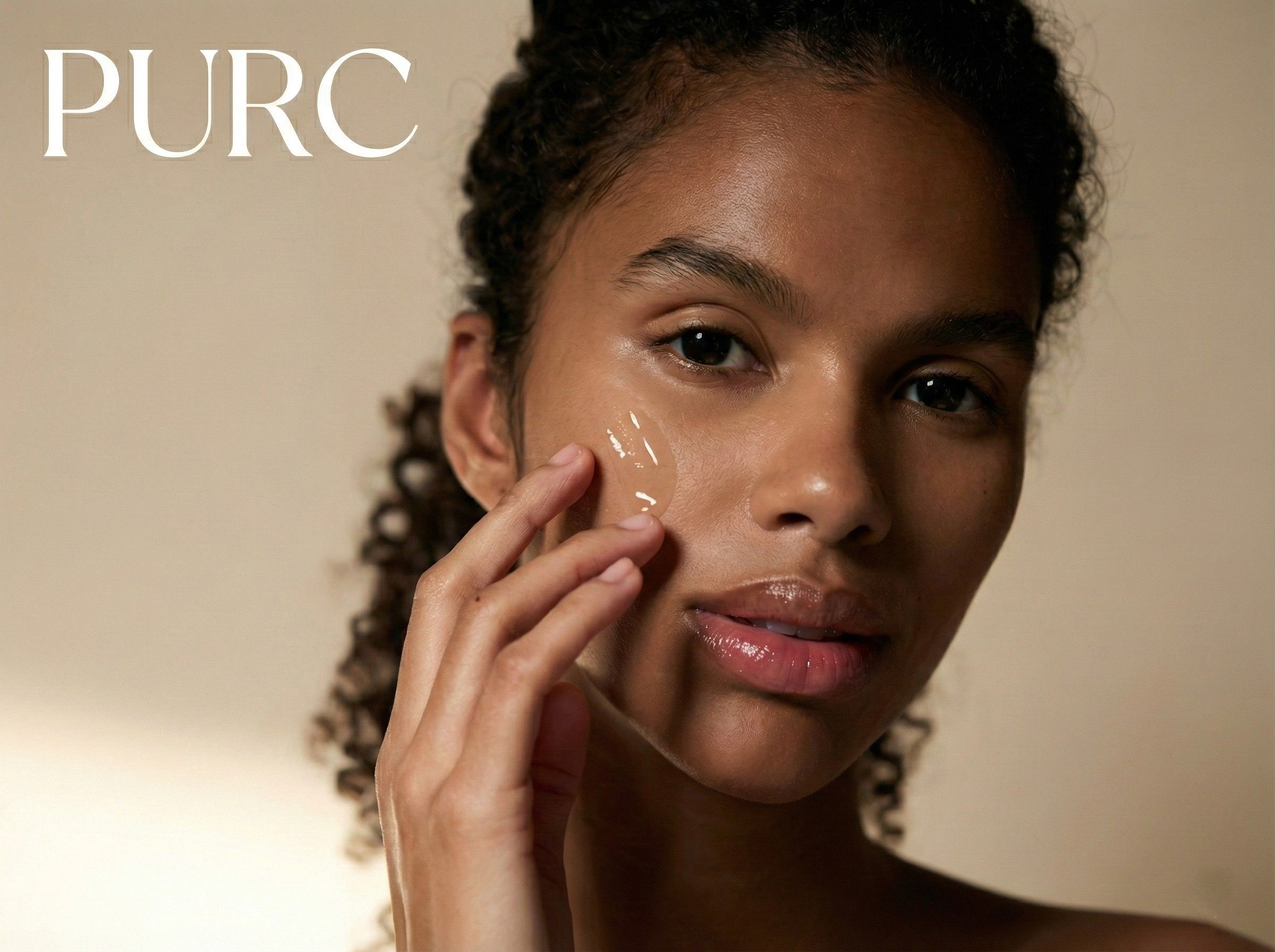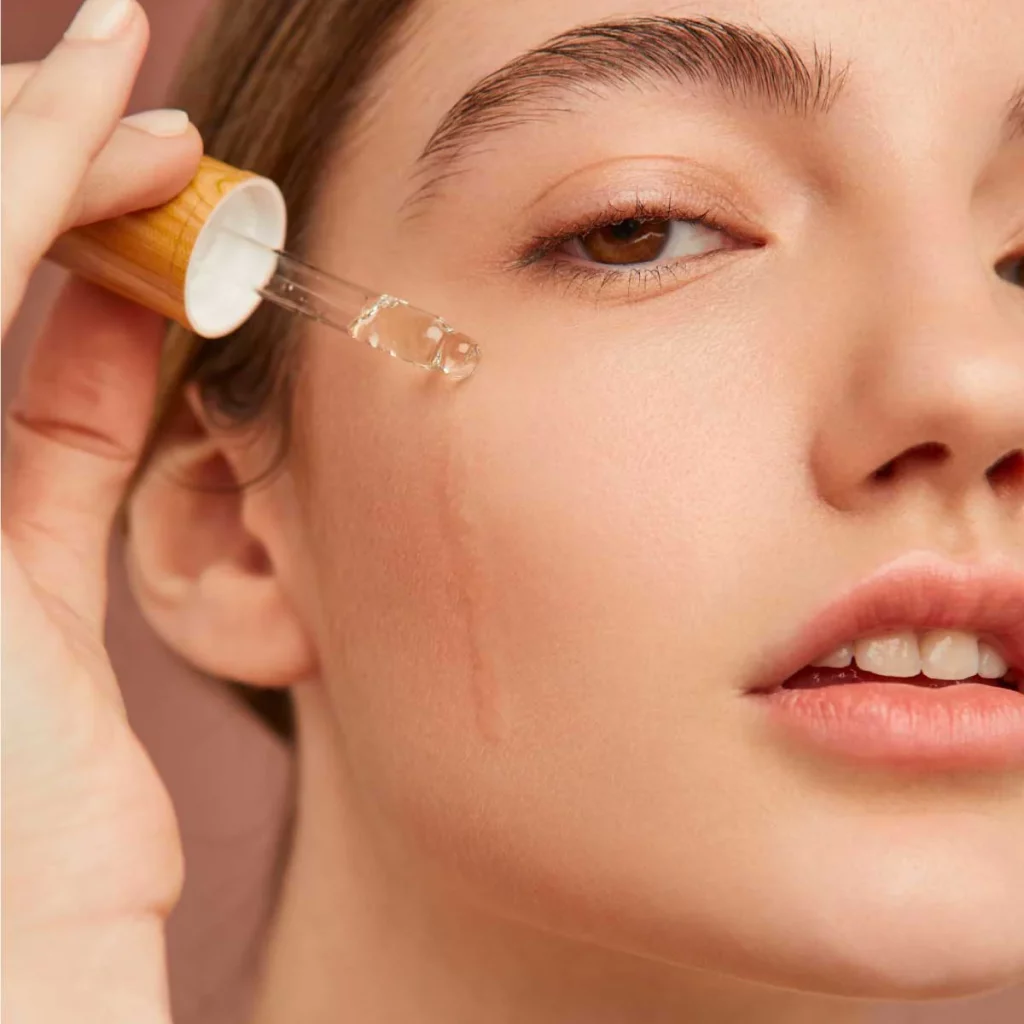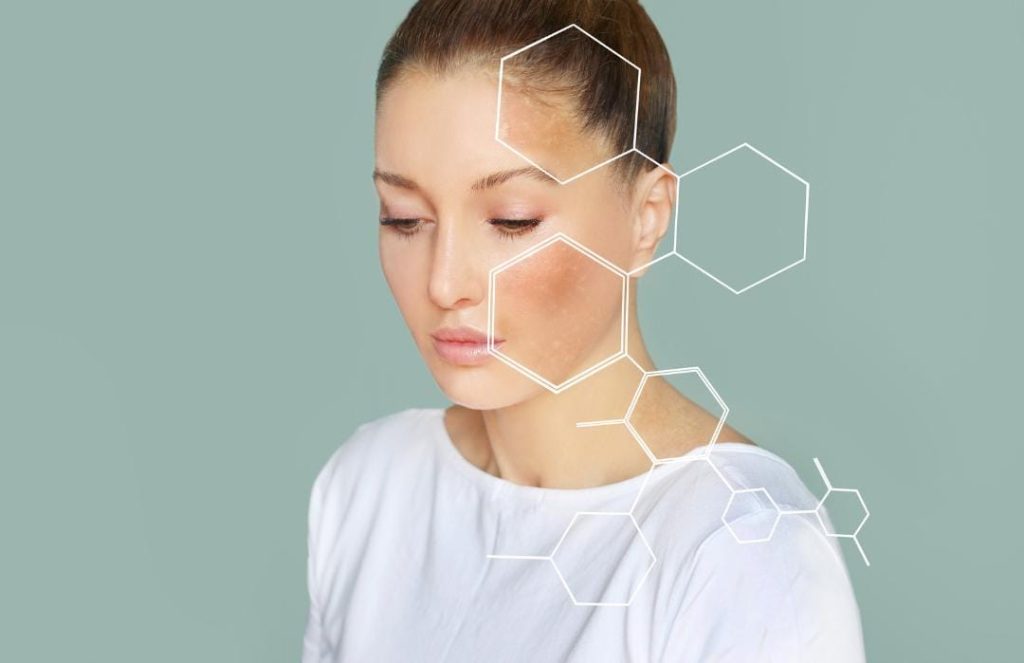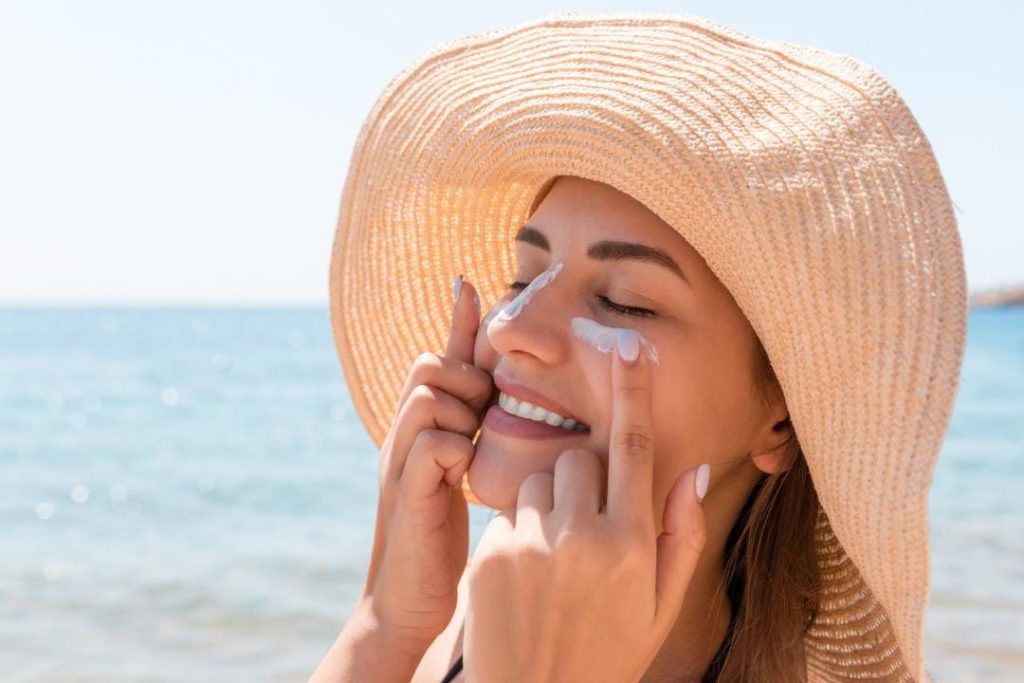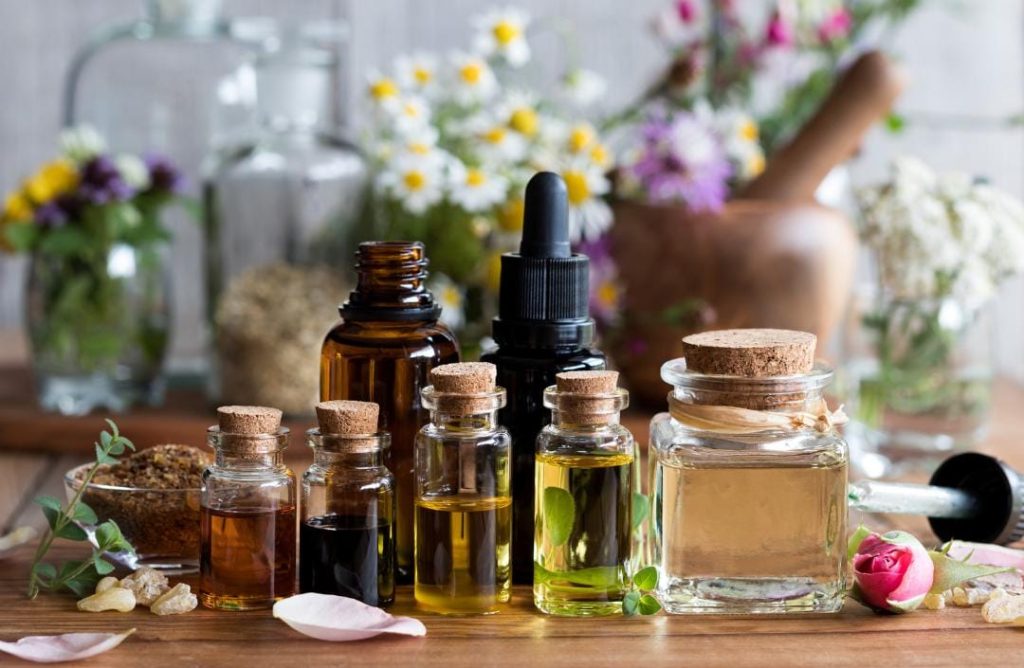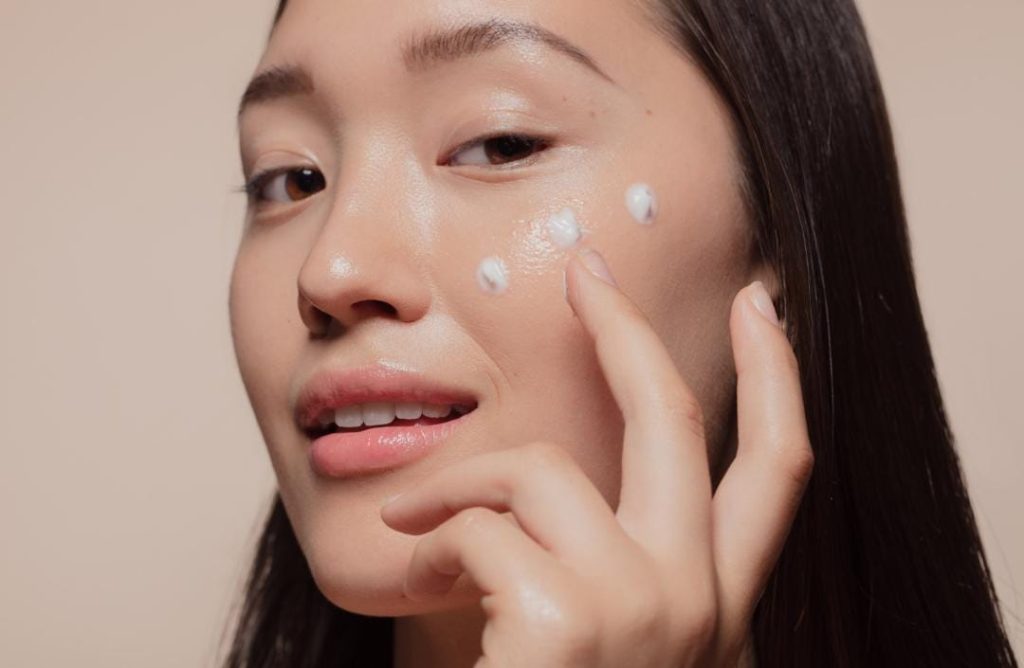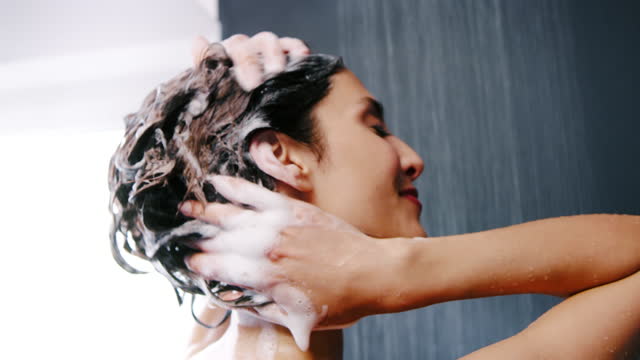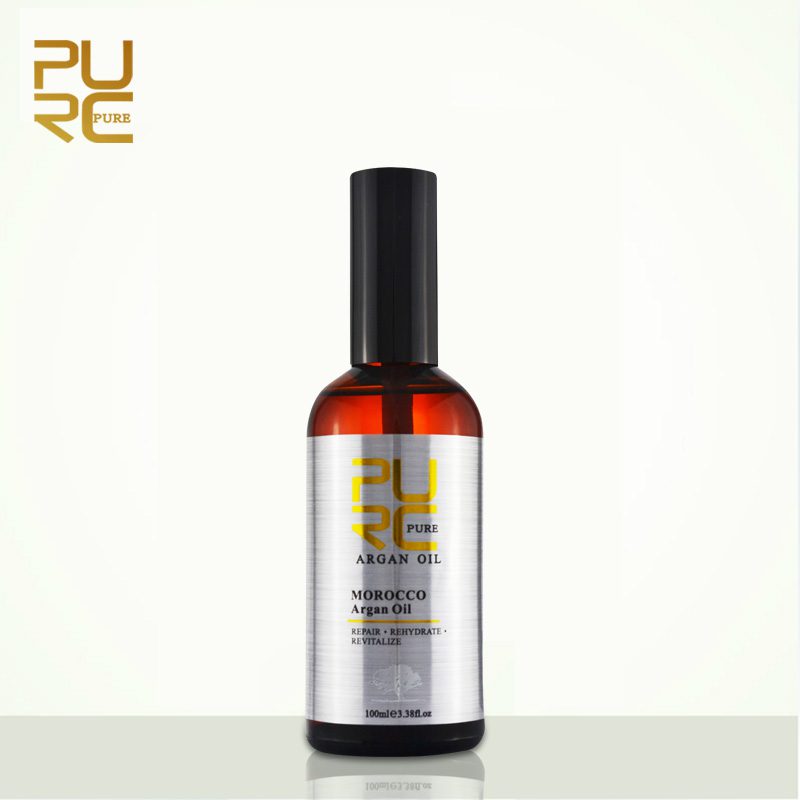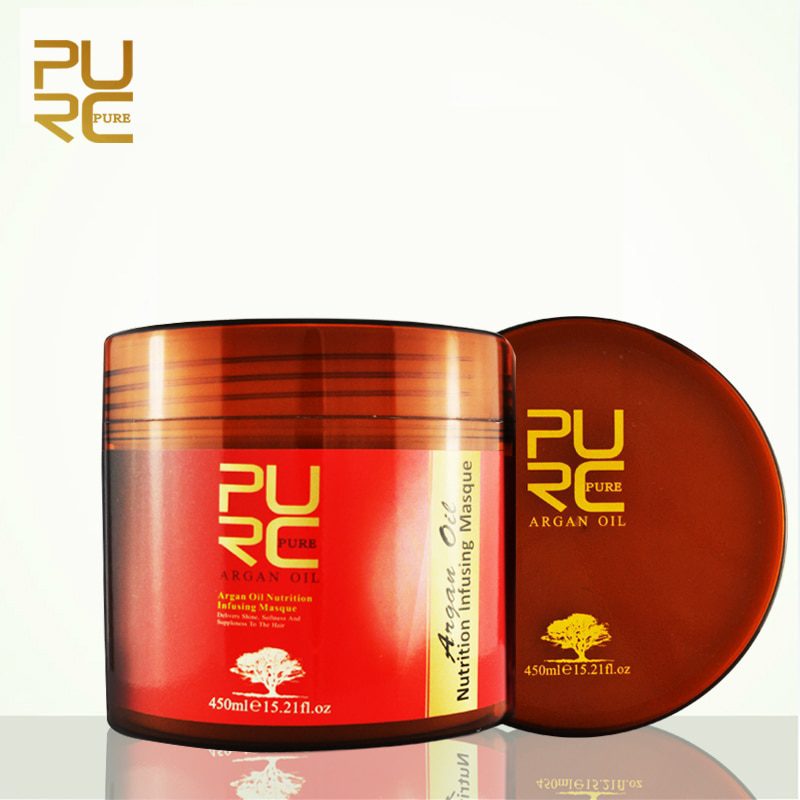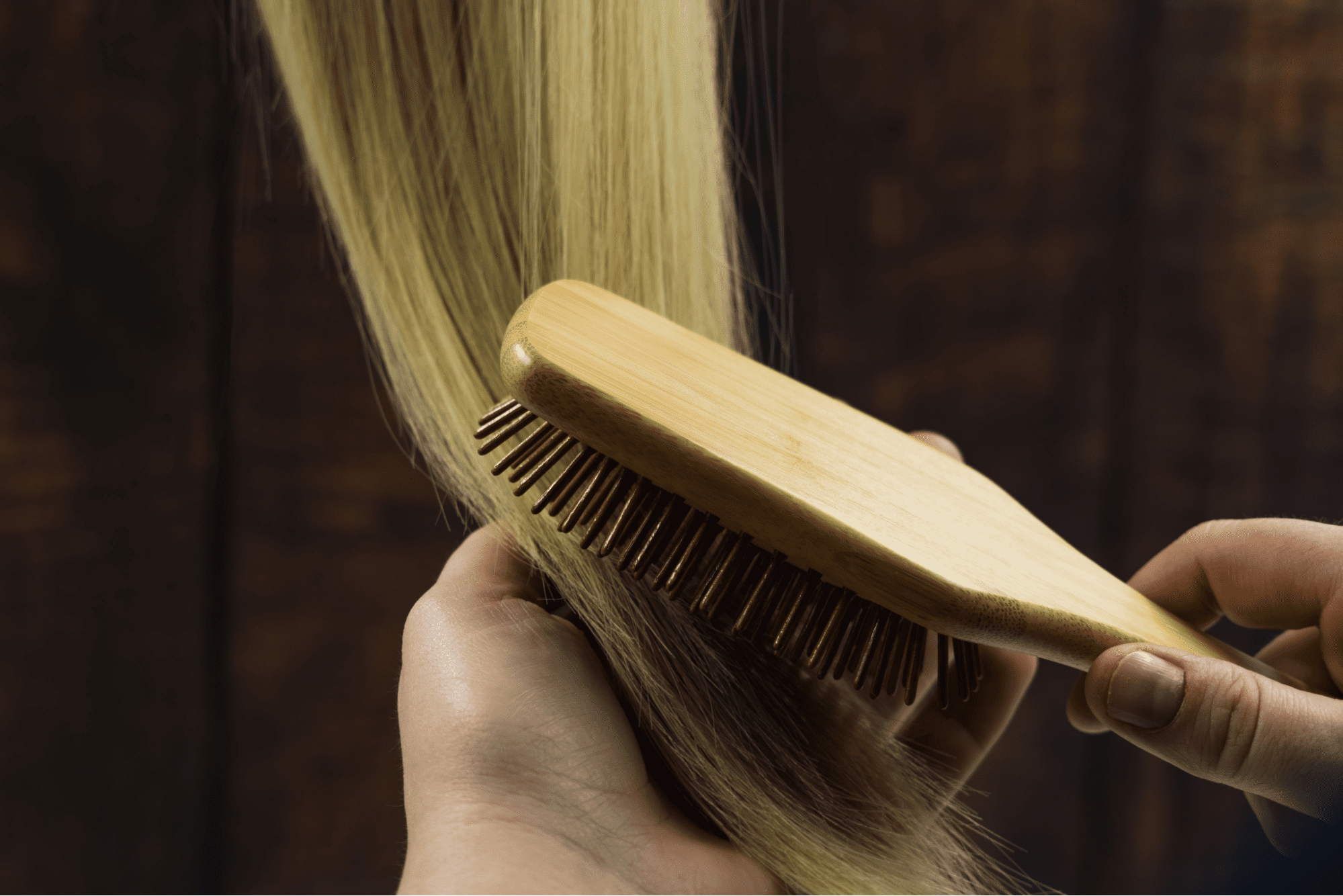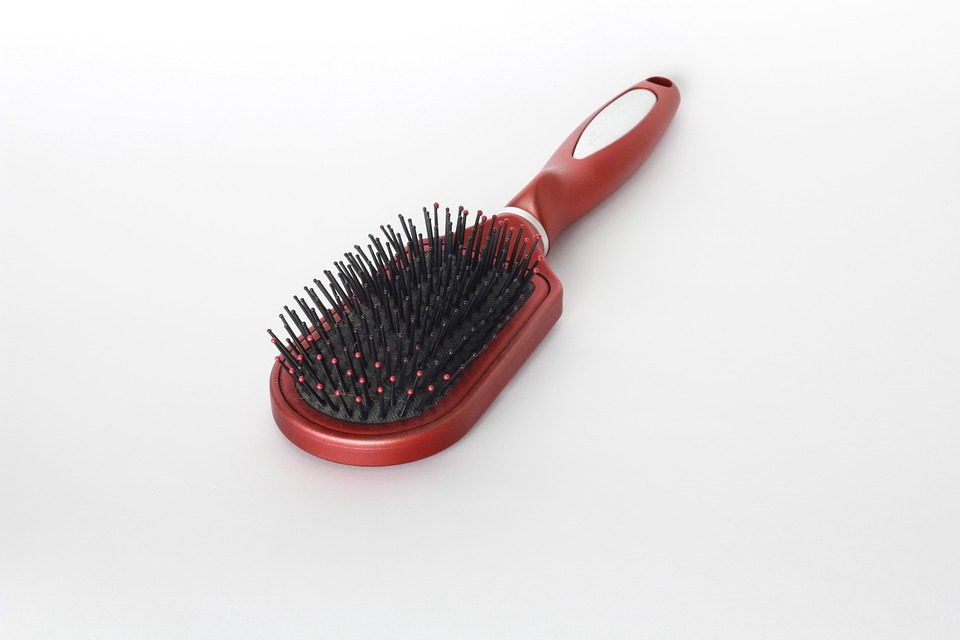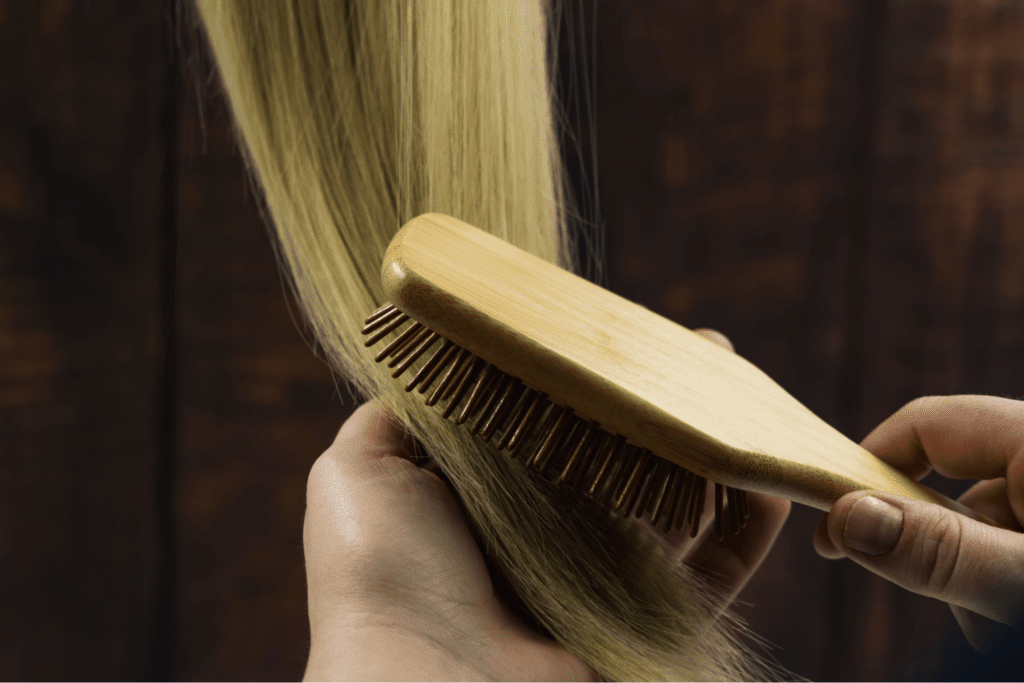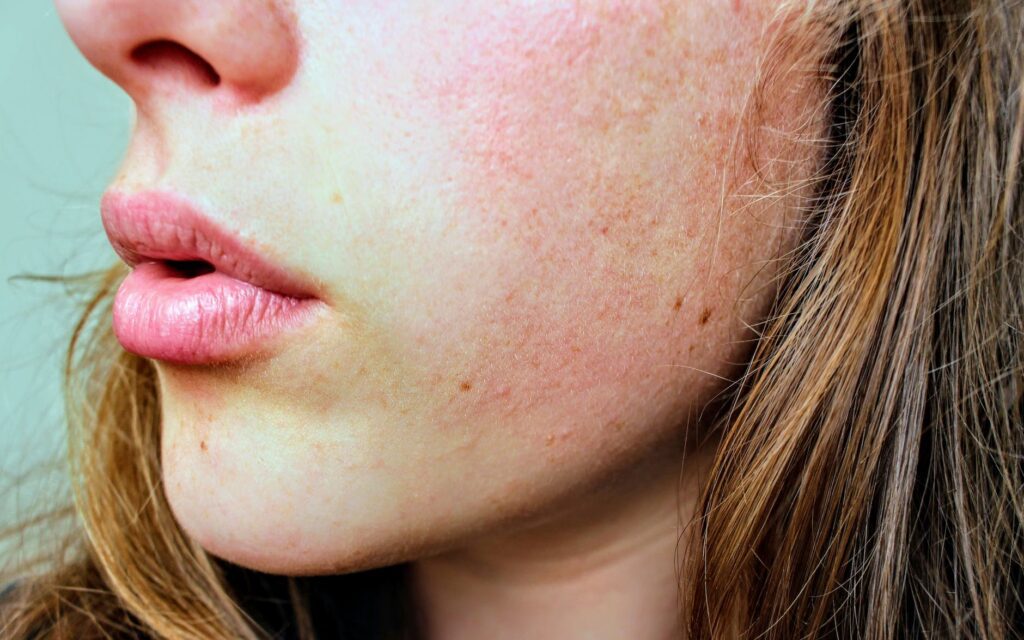The Ultimate Guide to Ginseng: Eat It, Apply It, Love It!
Picture this: a kitchen staple that not only flavors your food and drinks but also powers up your energy, sharpens your mind, and gives your skin and hair some serious TLC. That’s ginseng for you—a kitchen powerhouse rooted in tradition, now backed by modern science.
What Is Ginseng?
Ginseng, a short plant known for its fleshy roots, has been cherished in Traditional Chinese and Korean medicine for thousands of years. You’ll find two popular kinds:
- Asian (Panax ginseng) – also known as Korean ginseng.
- American (Panax quinquefolius) – prized for its calming, “cooler” effects.
The root may be fresh (green), peeled and dried (white), or steamed and further dried (red), depending on processing.
Why is it all that? Because of ginsenosides, a group of natural compounds in ginseng responsible for many of its benefits.
Why You’d Consume Ginseng
1. Antioxidants & Anti-Inflammatory Power
Ginseng is packed with antioxidants that help protect cells from damage and reduce inflammation. It also reduces markers like C-reactive protein and IL-6.
2. Brain-Boosting Benefits
Ginseng’s ginsenosides help with memory, behavior, and mood. One study of over 6,000 older adults linked long-term use (5+ years) to better brain function. Another small trial showed 200 mg of American ginseng improved working memory in just 3 hours.
3. Natural Energy & Fatigue Fighter
As an adaptogen, it helps your body handle stress and fatigue. Trials show ginseng reduces cancer-related and chronic fatigue, and improves exercise endurance.
4. Blood Sugar & Heart Health
It assists in regulating blood sugar, especially in Type 2 diabetes, and improves insulin levels. Some reports also show better cholesterol numbers through lowered LDL and triglycerides.
5. Immune System Support
Studies found it boosts immune cell activity and offers antibacterial, antifungal, and antiviral protection. Korean ginseng, at 2g/day, notably increased white blood cells in participants.
6. Cancer-Care Companion
Early research suggests that ginsenosides may slow abnormal cell growth and alleviate some of the side effects of chemotherapy, such as fatigue. One analysis even reported a 16% lower risk of cancer among ginseng users.
7. Sexual Health Benefits
Helps with mild erectile dysfunction by boosting nitric oxide and improving blood flow. Some studies show modest improvements in men’s sexual ability, but the evidence quality is mixed.
Applying Ginseng: Skincare & Haircare Magic
Radiant Skin from the Root
Ginseng’s antioxidant and anti-inflammatory effects help calm redness, boost collagen naturally, and protect the skin. Used in creams, masks, or DIY recipes, it may reduce signs of aging and environmental damage.
Hair Growth Superpower
Red ginseng extract has been shown to increase hair density and stimulate scalp blood flow. It stimulates keratin production, strengthens hair strands, and stops the enzyme linked to hair thinning.
Cooking with Confidence: Easy Ginseng Ideas
You can easily add ginseng to your daily routine:
- Tea: Steep a few slices of fresh or red ginseng in hot water for 5–10 minutes.
- Brothy Soups: Drop ginseng in traditional soups like Korean samgye-tang, pairing it with chicken and goji berries.
- Smoothie Booster: Blend powdered ginseng into banana or berry smoothies for a subtle, earthy kick.
- DIY Masks: Mix ginseng powder with honey or yogurt and apply as a face mask.
- Hair Rinse: Steep ginseng slices in water, cool it, and rinse hair post-shampoo for a revitalizing effect.
What Science Says: A Snapshot
| Benefit | Evidence Base | Notes |
|---|---|---|
| Antioxidant | Strong (cell & animal trials) | Human studies are still building |
| Brain function | Moderate (older adults) | More large-scale trials are needed |
| Energy & fatigue | Moderate (meta-analysis) | Supports energy and stamina |
| Blood sugar | Moderate (small trials) | Particularly in Type 2 diabetes |
| Immunity | Promising (small trials) | Example: 2g red ginseng for 8 weeks |
| Hair growth | Early (lab & limited human) | More human data needed |
| Sexual function | Mixed-quality evidence | Some benefit, but not conclusive |
Safety & Smart Use
- Ginseng is generally safe for adults when taken up to six months.
- Possible mild side effects include insomnia, headaches, changes in blood pressure, and digestive issues.
- It may interact with medications like blood thinners, diabetes meds, antidepressants, and blood pressure drugs.
- Best to cycle usage—use for 2–3 weeks with a 1-week break to keep effectiveness high.
- Avoid during pregnancy, breastfeeding, or in children without medical advice.
Origin & Culture
Ginseng has been used in Traditional Chinese Medicine for over 5,000 years. Ancient Chinese considered it the “root of immortality.” Korean ginseng culture runs deep: Koreans still gift red ginseng and sip it for daily vitality. Native Americans used American ginseng for colds, pain, and healing rituals long before European contact. It was so valued that it became a major export from the U.S. to China in the 18th century.
Ginseng vs. Other Adaptogens
| Adaptogen | Main Benefits | Notable Traits |
| Ginseng | Stress relief, sleep, and hormone balance | Mildly stimulating, enhances resilience |
| Ashwagandha | Stress relief, sleep, hormone balance | Calming, often used at night |
| Maca | Libido, fertility, stamina | Boosts reproductive health |
| Rhodiola | Mood, exercise endurance | Energy, brain focus, and immunity |
How to Use & Store Ginseng
Forms: Capsules, powders, whole roots, teas, extracts.
Daily Dosage: 200 mg to 2–3 grams/day. Best taken in the morning or midday.
Storage:
- Fresh roots: Keep in fridge wrapped in a damp towel.
- Powders & dried: Cool, dark container.
Topical Use:
- Face mask: Mix powder with honey or yogurt.
- Hair care: Ginseng water post-shampoo or in the form of serums or shampoos.
- Scalp massage: Infuse powder in oil (like coconut) and apply to scalp.
DIY Recipe Example:
- Ginseng Glow Mask: 1 tsp ginseng powder + 1 tbsp honey + 1 tsp aloe gel. Apply for 15 minutes, rinse with warm water.
Final Takeaway
Whether steeped as tea, blended in smoothies, or used in DIY skincare, ginseng brings ancient wellness into modern kitchens, with science to back it up. It’s an adaptogen multitasker: calming inflammation, boosting brain power, fighting fatigue, and supporting healthy hair and skin. Add a few slices, powders, or tinctures to your next wellness ritual and let this root rise as your new secret ingredient.




